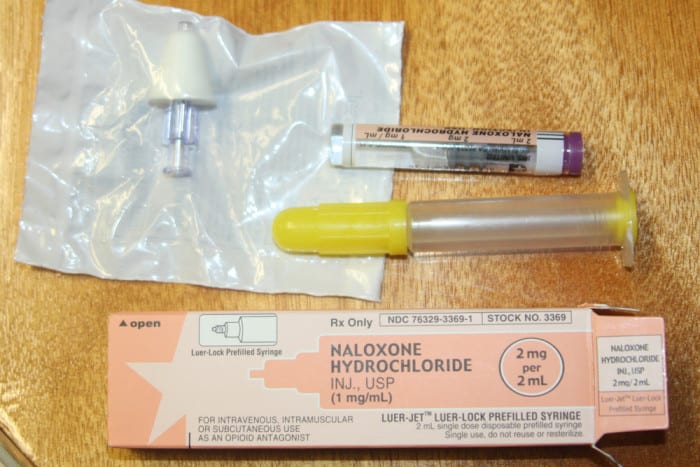The New York State Senate voted last week to eliminate the Gap Elimination Adjustment, and we hope the Assembly follows suit.
The adjustment is a deduction taken out of each school district’s state aid and was introduced in 2011 to help state officials close a multibillion dollar budget deficit. Five years later, although the adjustment has seen reductions in recent budget cycles, Sen. Ken LaValle (R-Port Jefferson) says the state is still withholding $434 million from districts.
There have been unsuccessful efforts to eliminate the Gap Elimination Adjustment in the past but with Senate Majority Leader John Flanagan (R-East Northport), the former chairman of the Senate’s education committee, sponsoring the bill to end it this time around, we are optimistic.
The adjustment was an unfair move that has hit students and educators everywhere hard — the billions of dollars taken from our schools over the last five years could have gone toward enhancing or adding academic courses, buying updated textbooks or making improvements to buildings and athletic fields. The money could have helped educators better implement the new Common Core curriculum and the mandates that went along with it.
Helping to fund education is one of the most important services the state government provides. Aside from the crucial task of shaping the future contributors to our society, the state’s school aid helps even the playing field by equipping poorer districts with the means to provide a level of education comparable to what wealthier districts can give their students, even without aid. To yank some of that money out from underneath them is wrong.
Not doubt securing a financial plan is important to the well-being of a state, but education should not suffer in the search for a balanced budget.
We call upon the Assembly to pass Senate bill S6377 and upon Gov. Andrew Cuomo to support that effort, for the betterment of our children.






